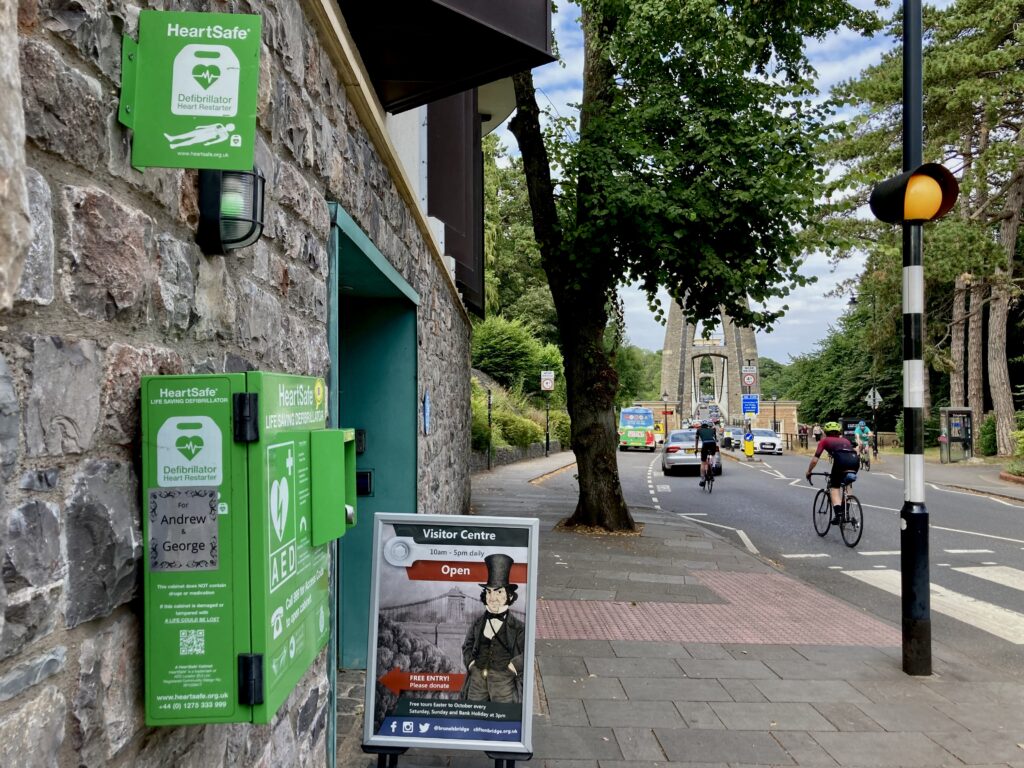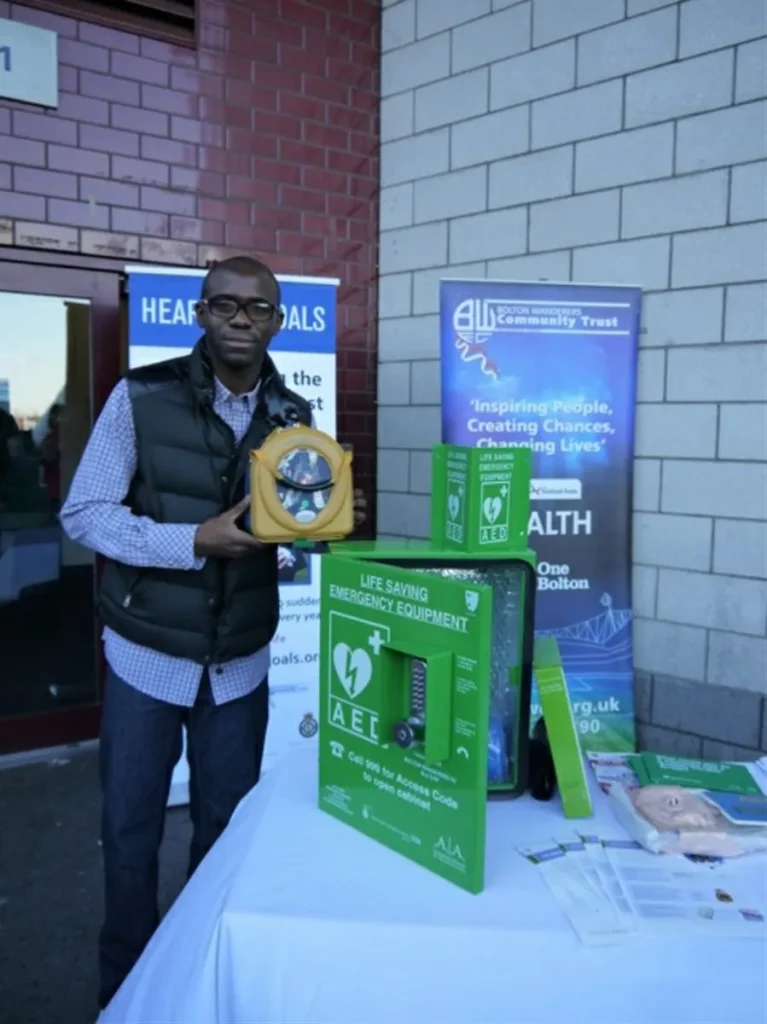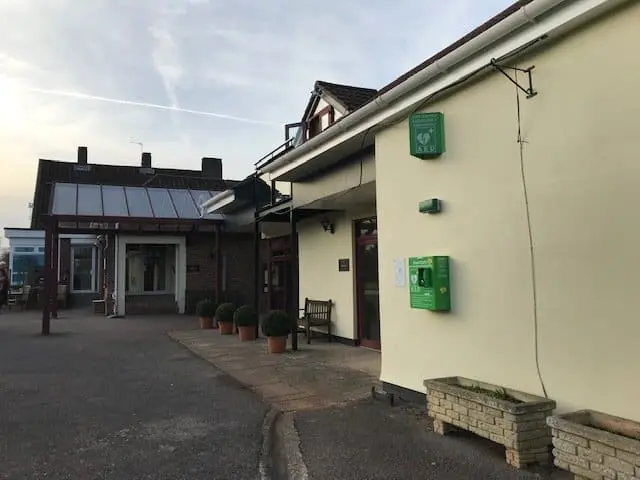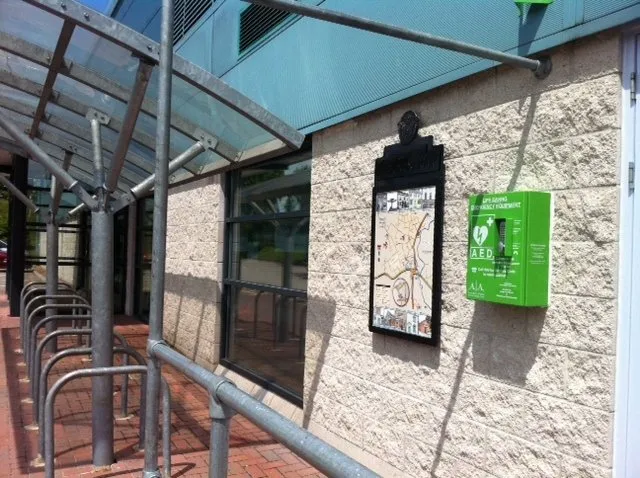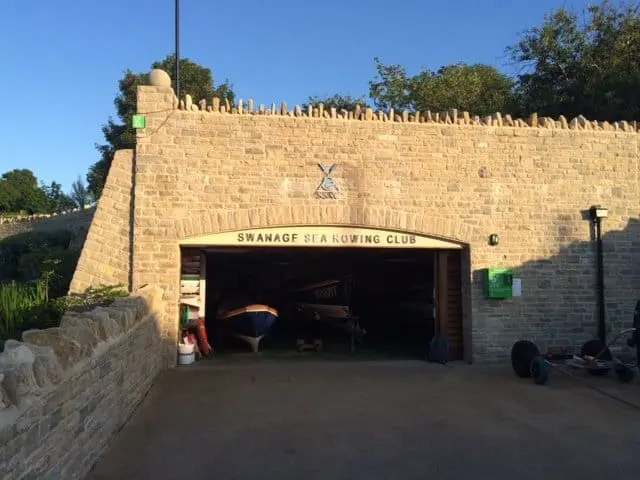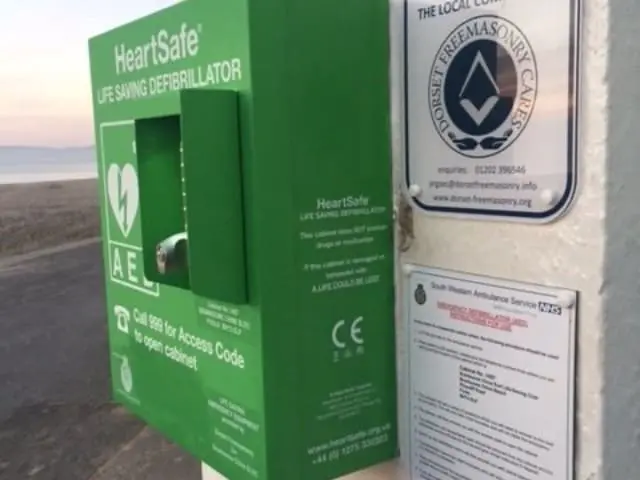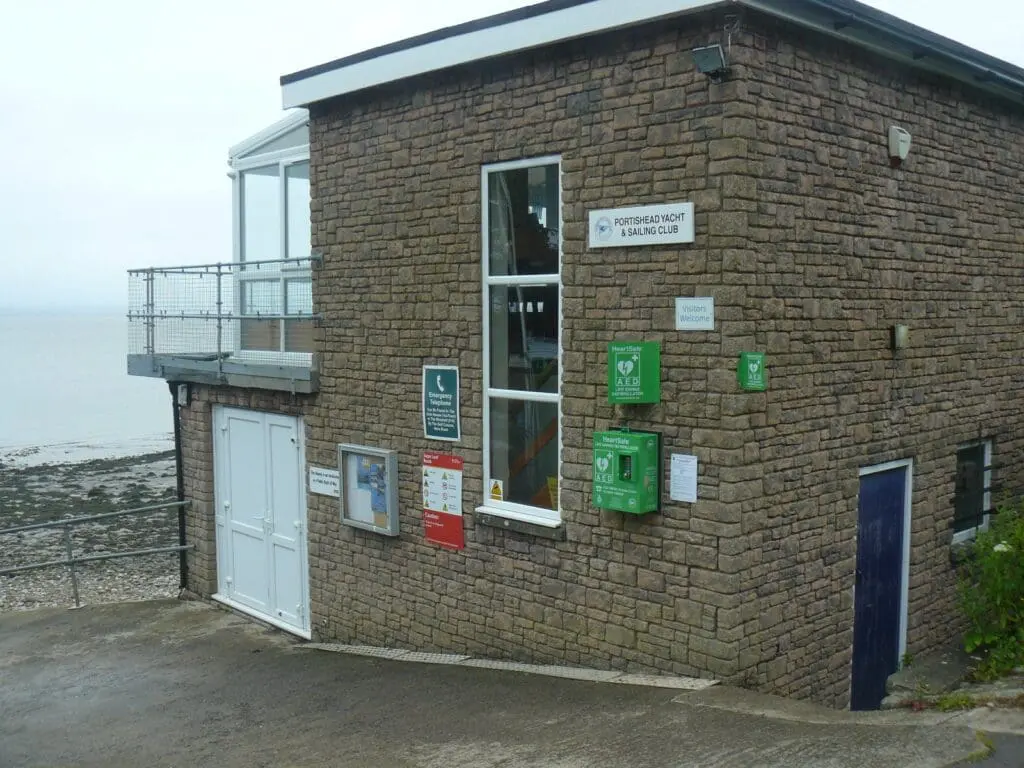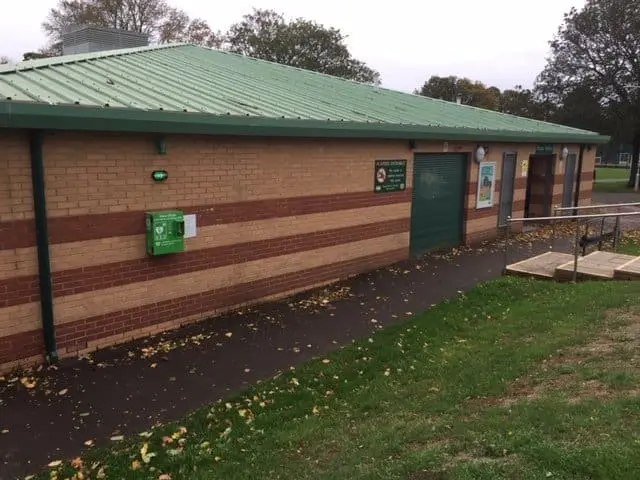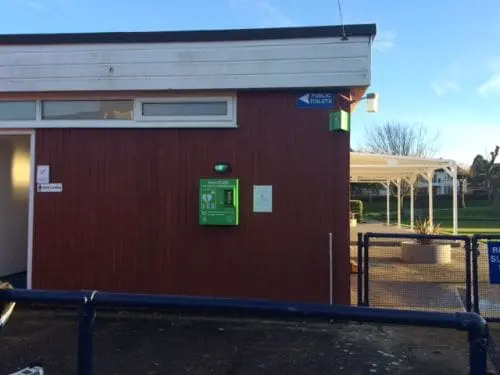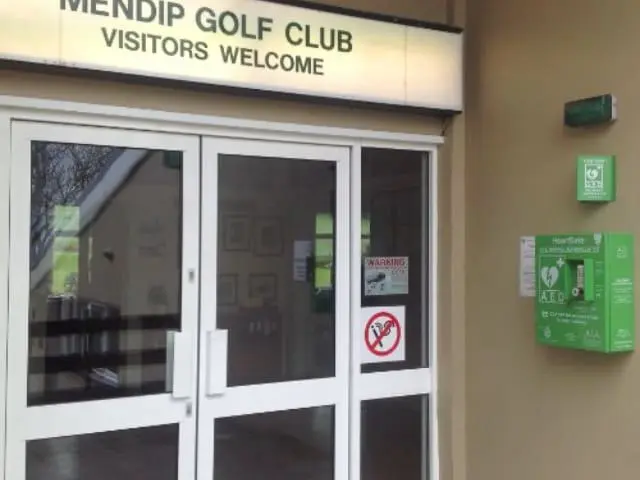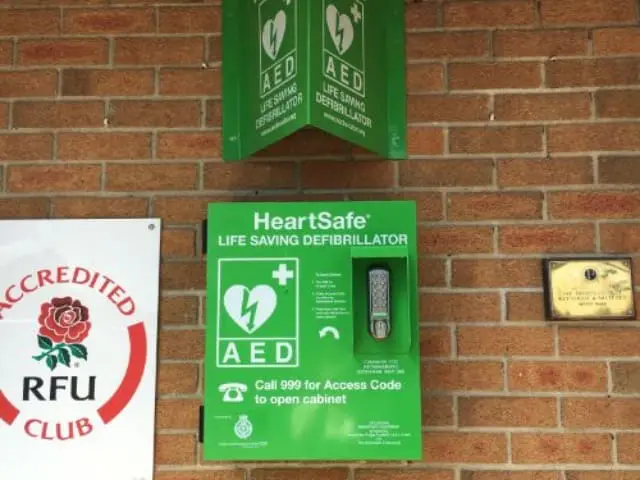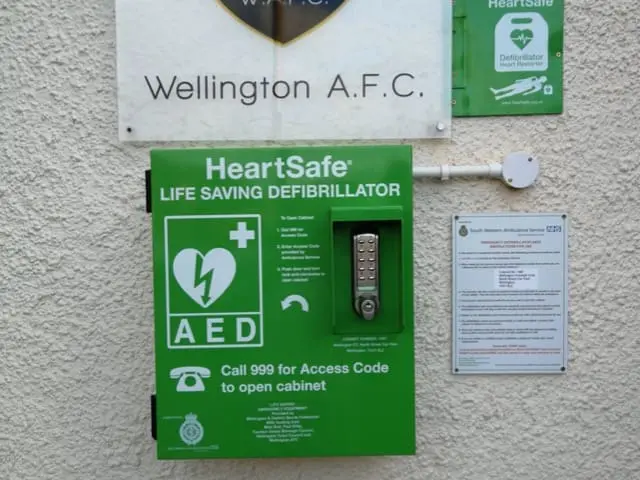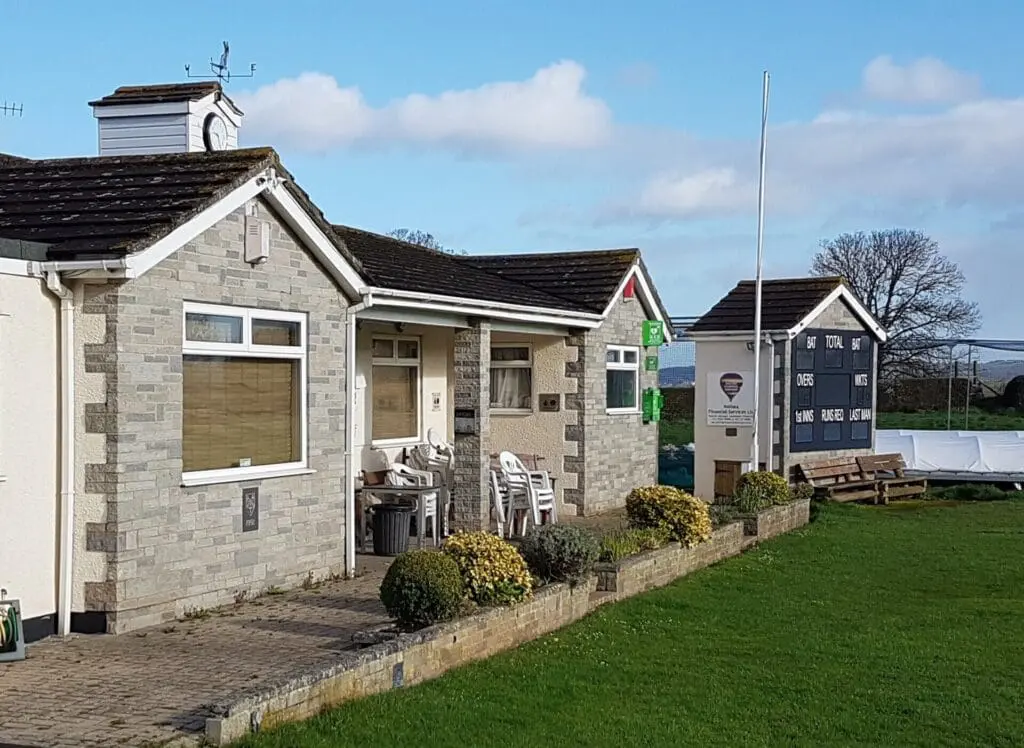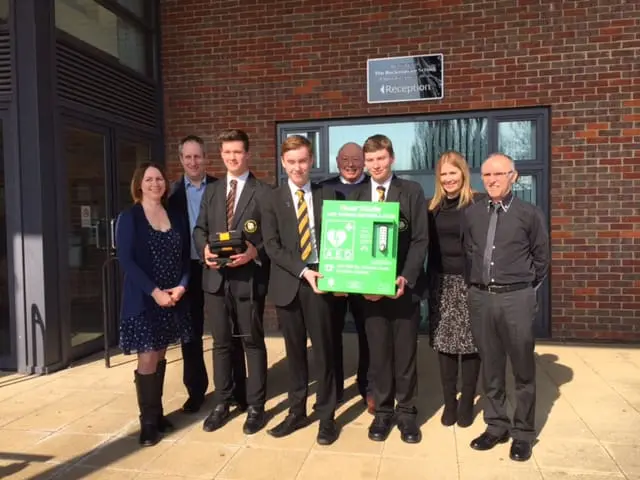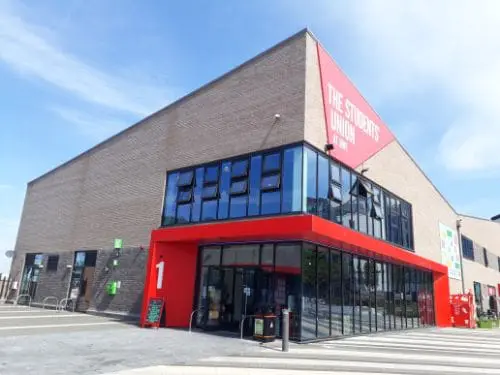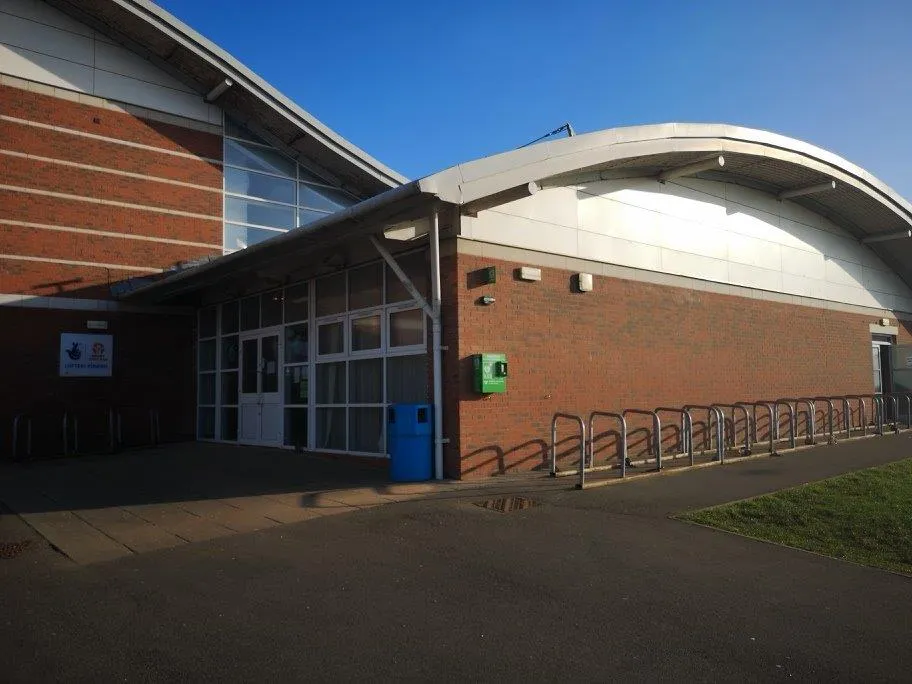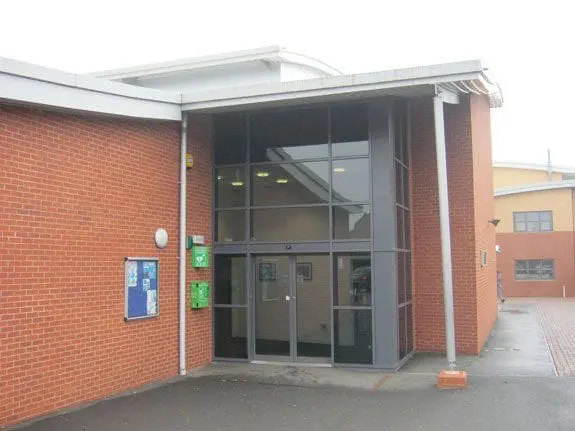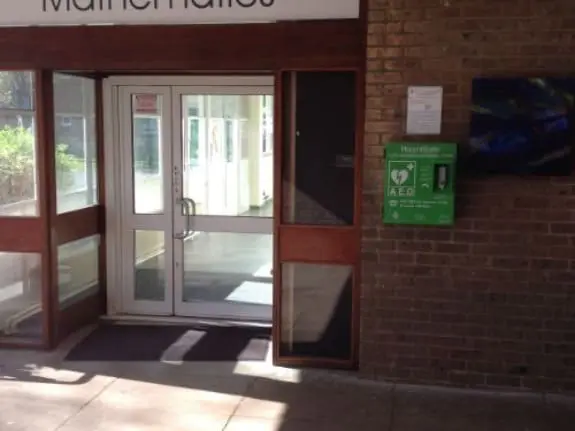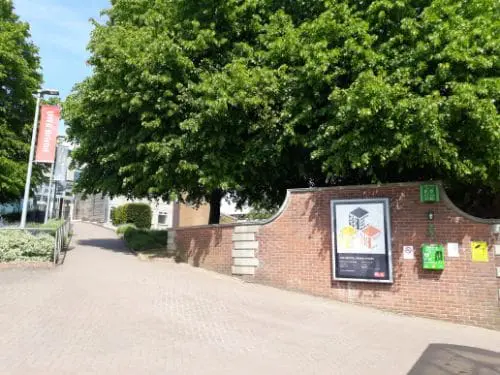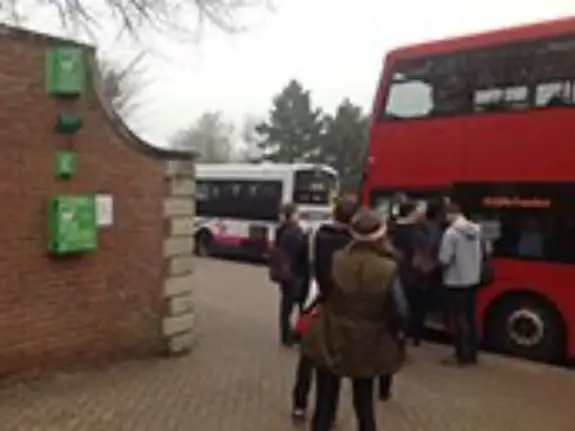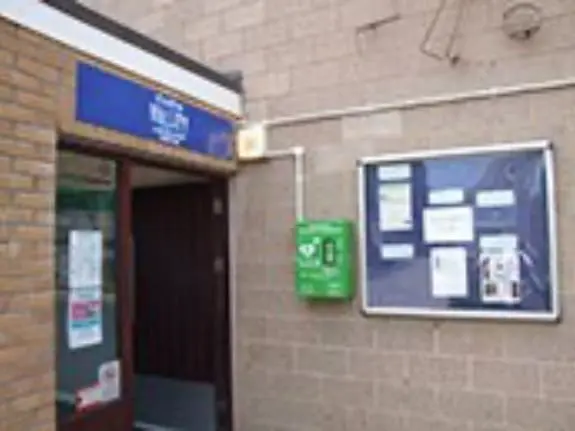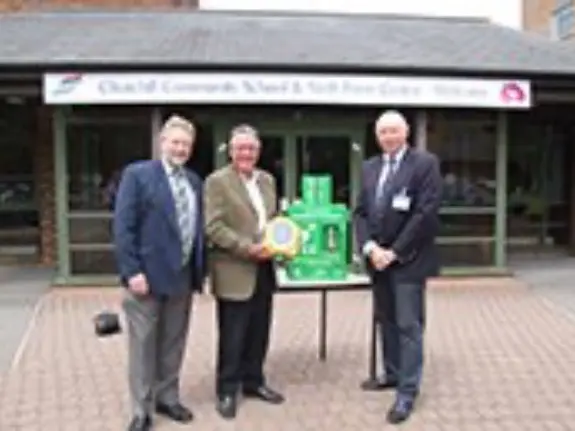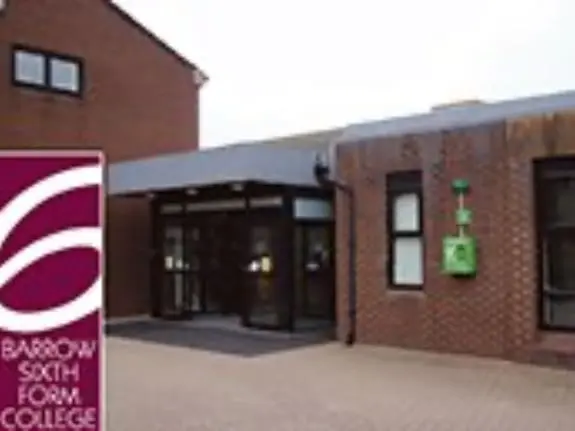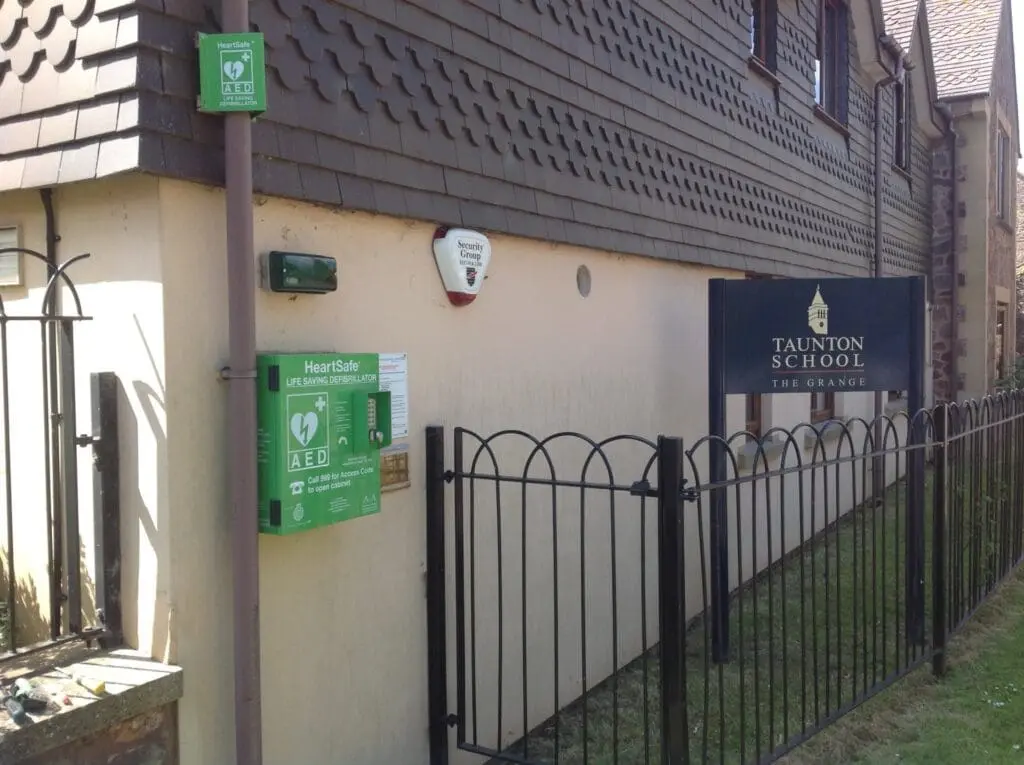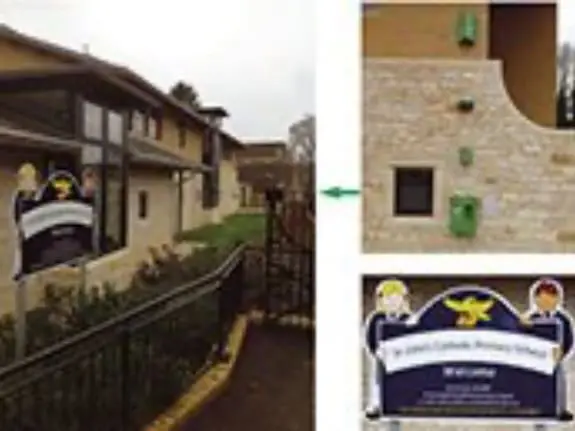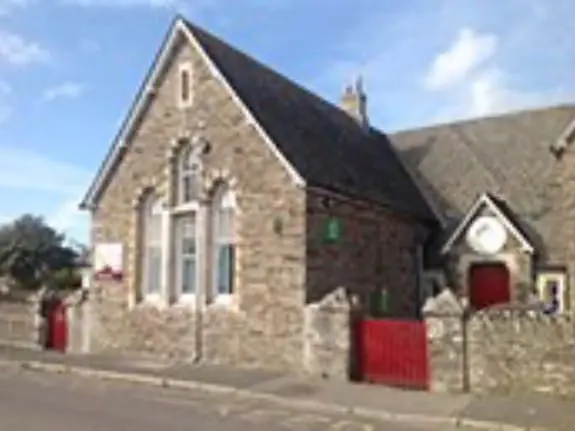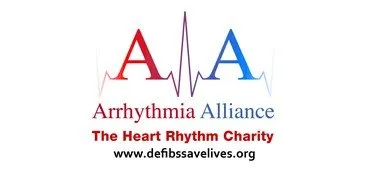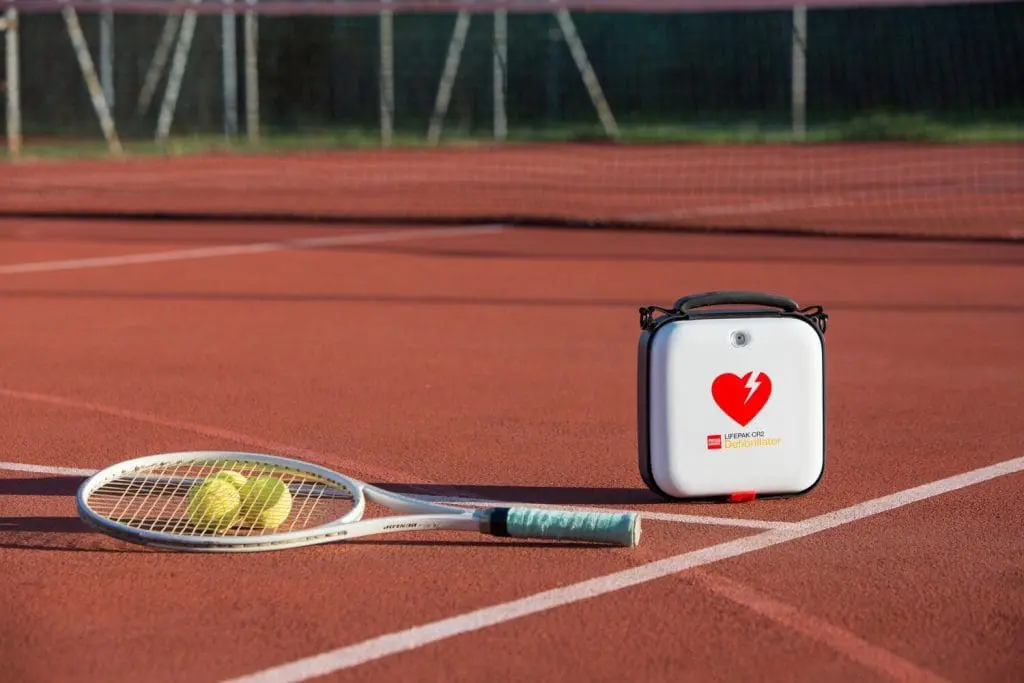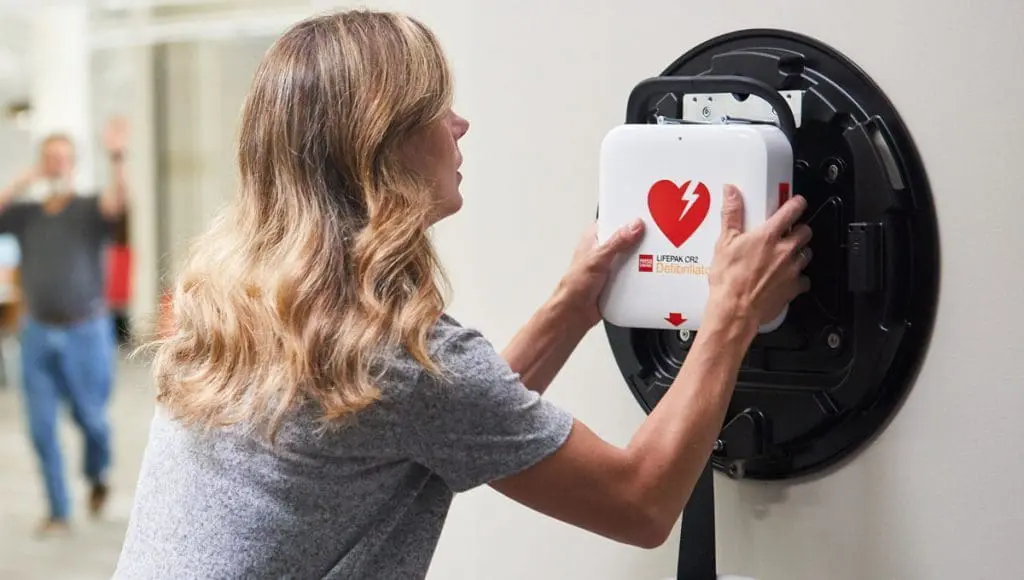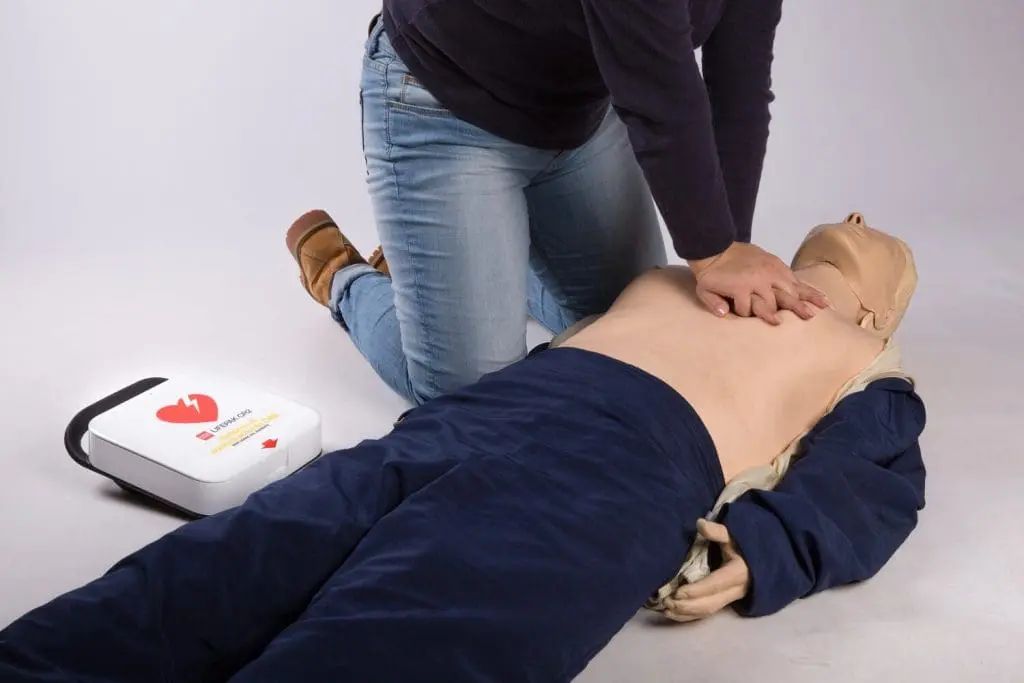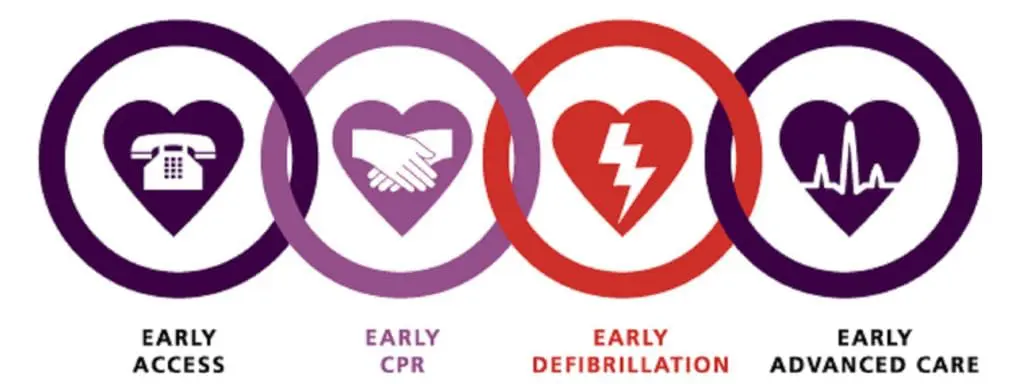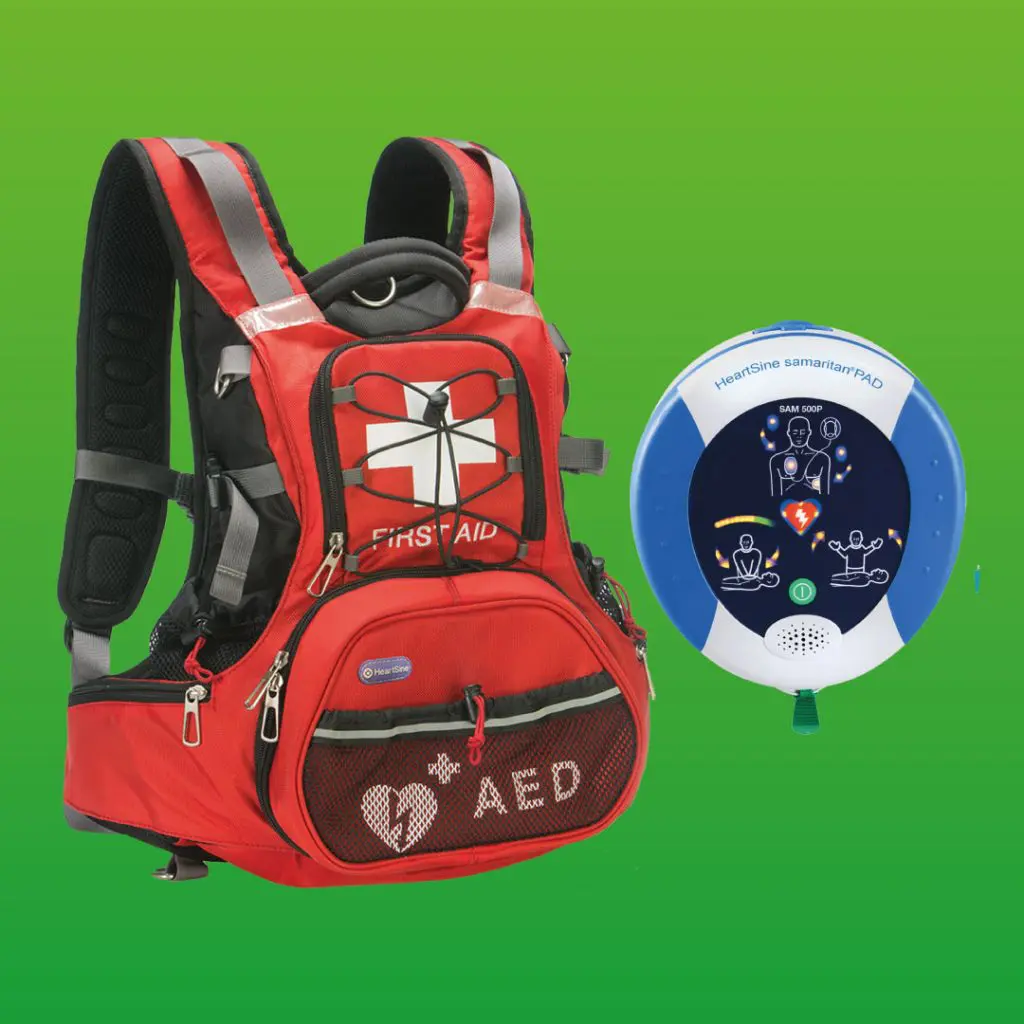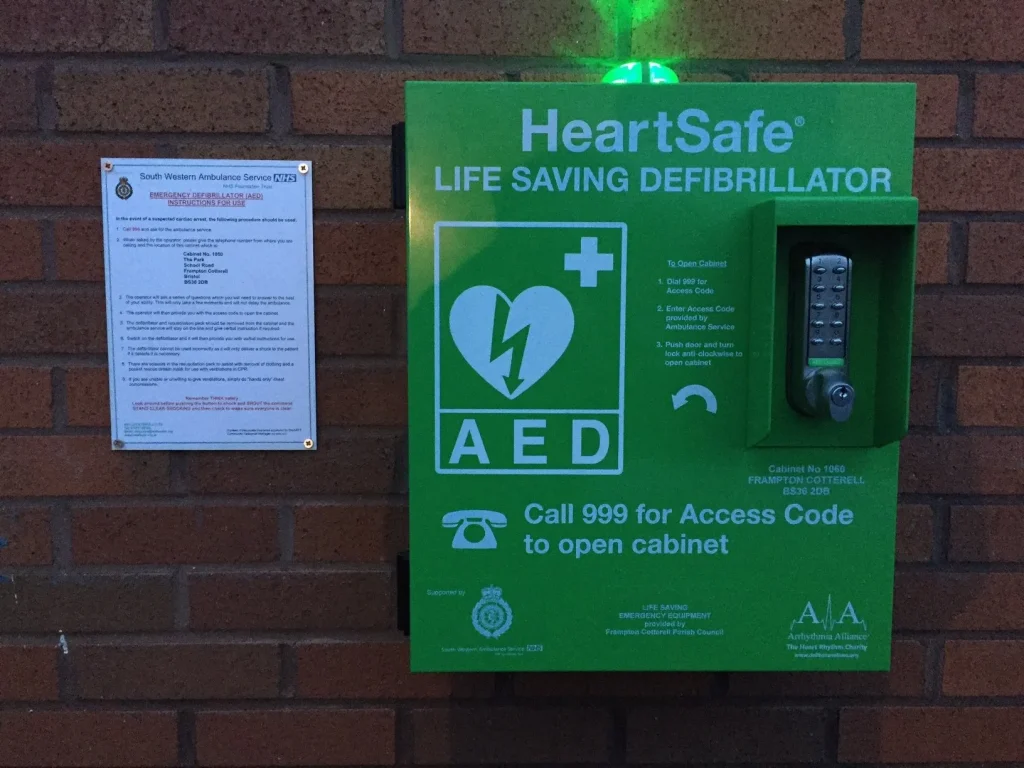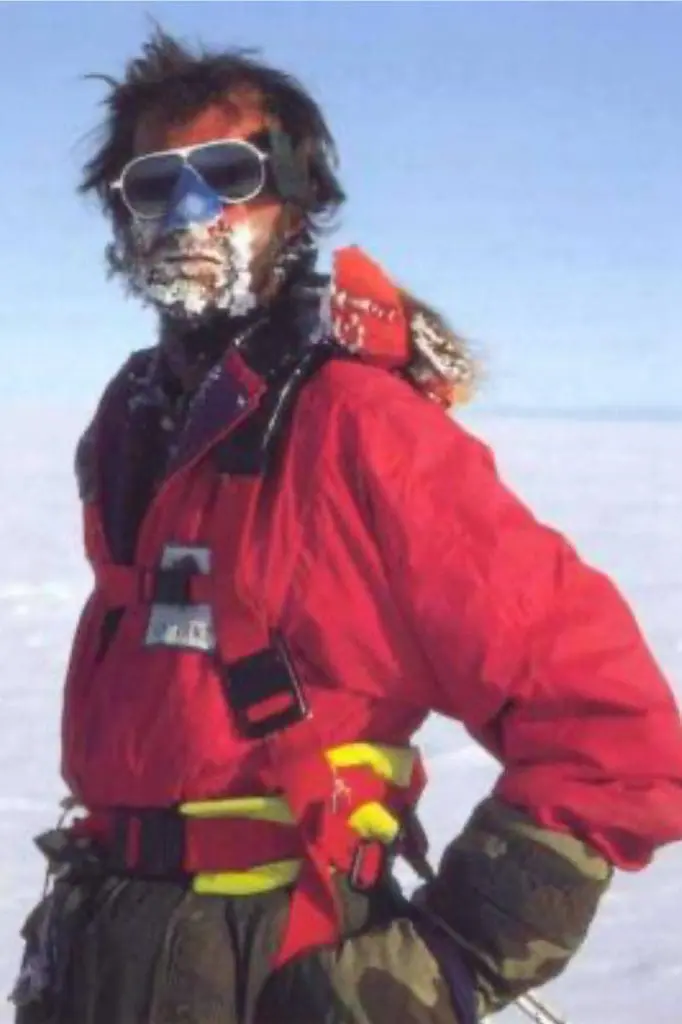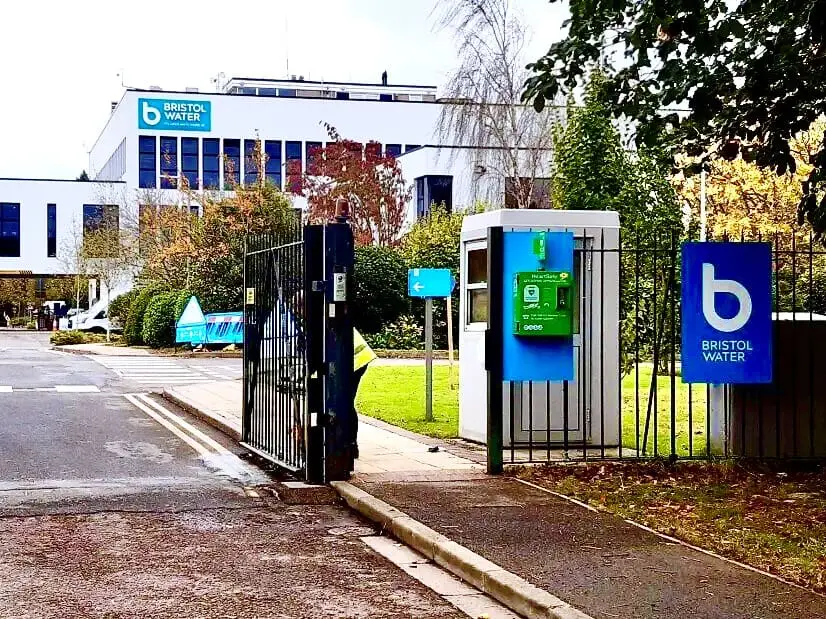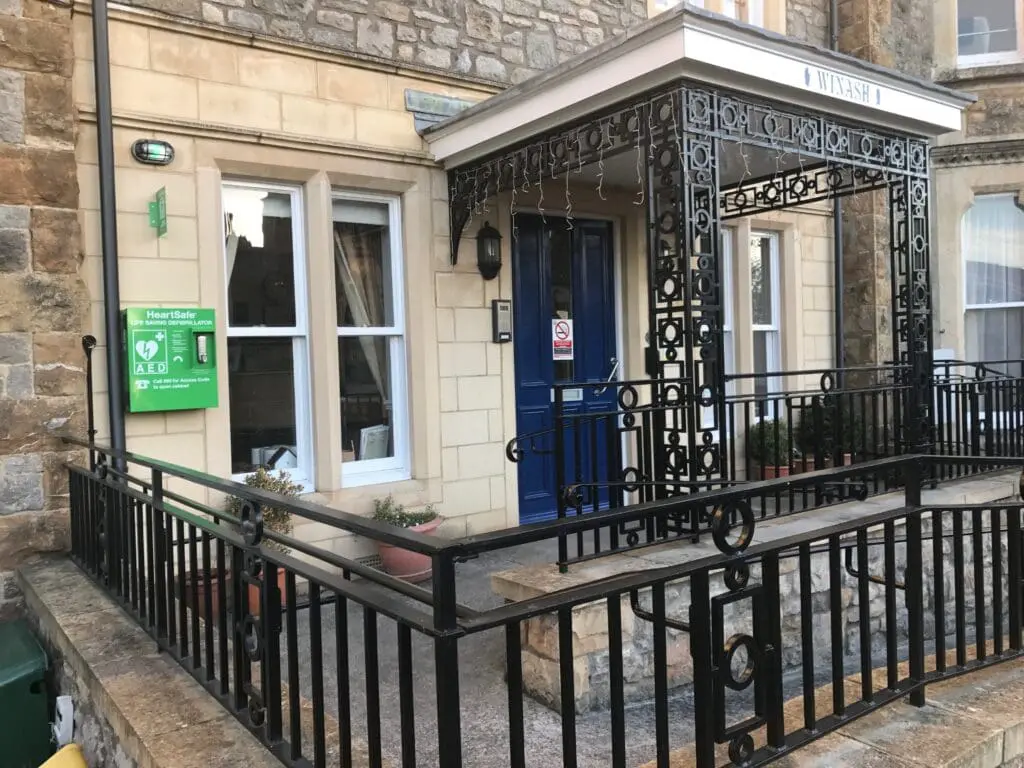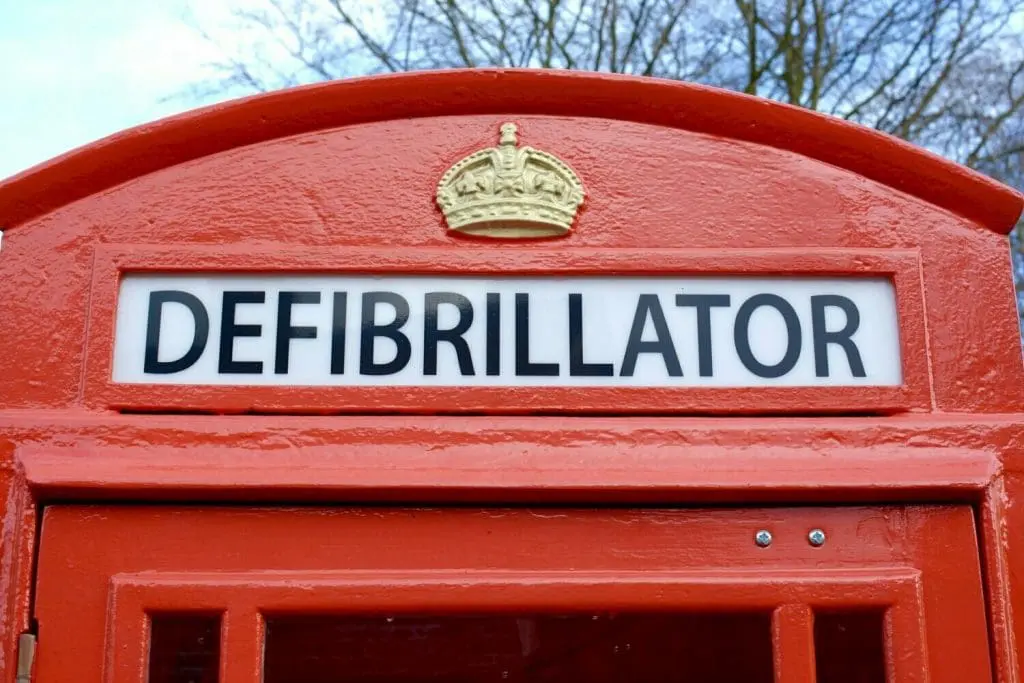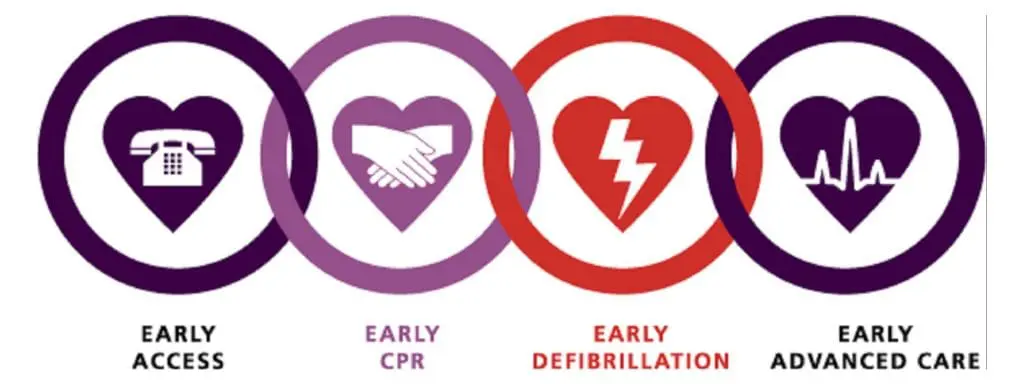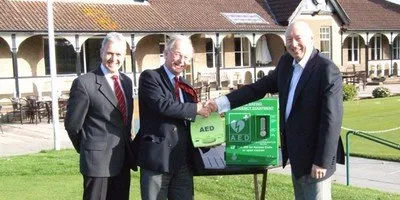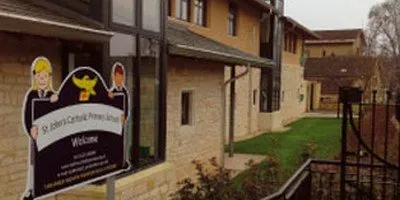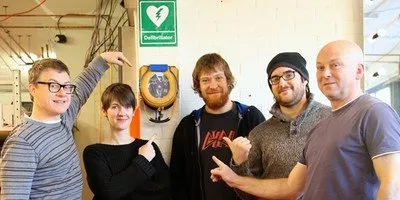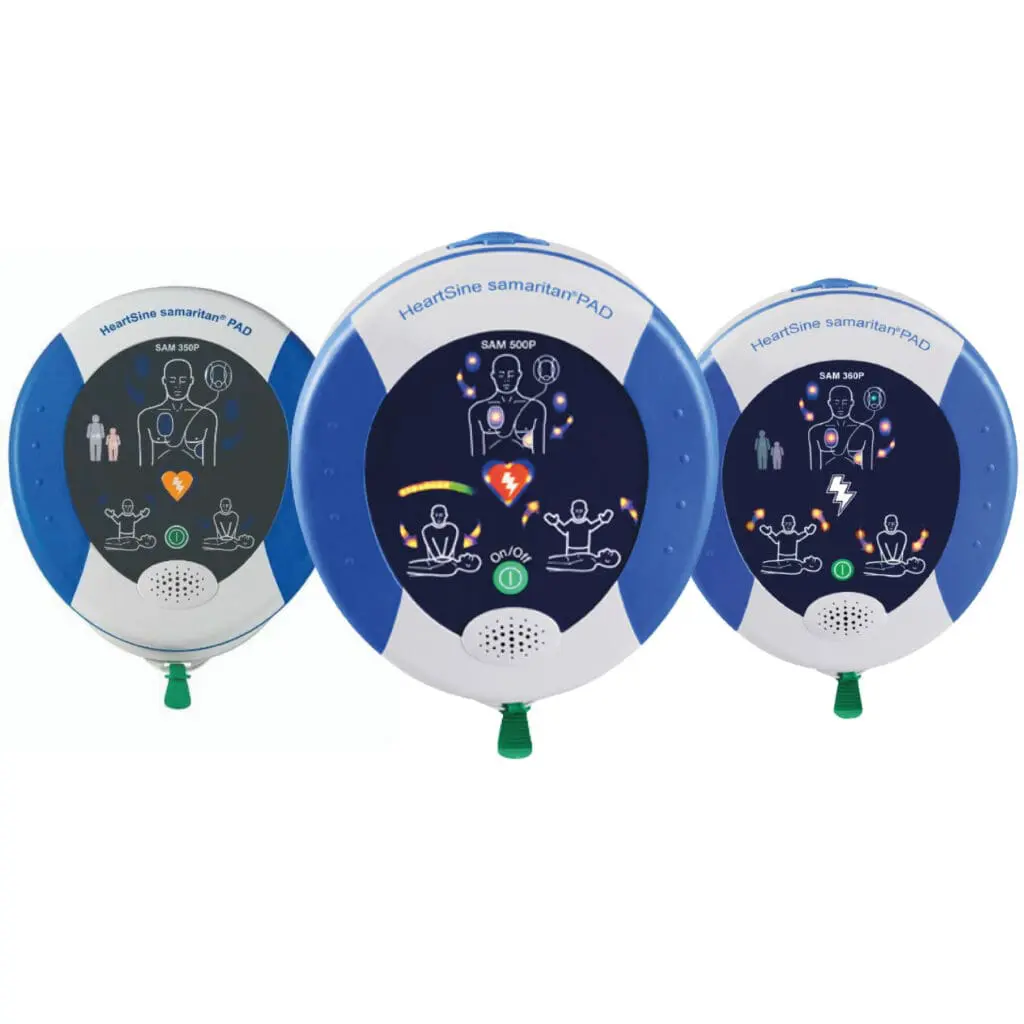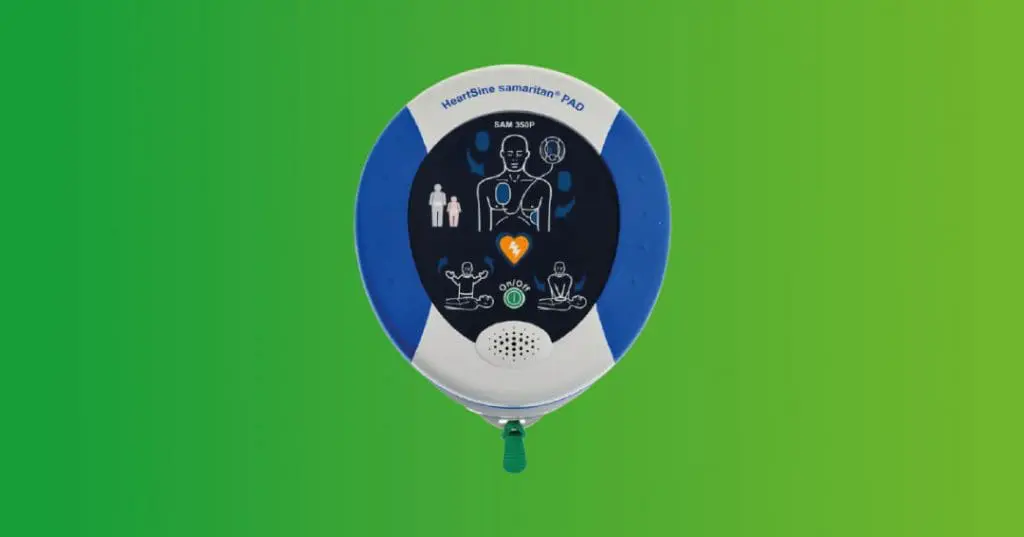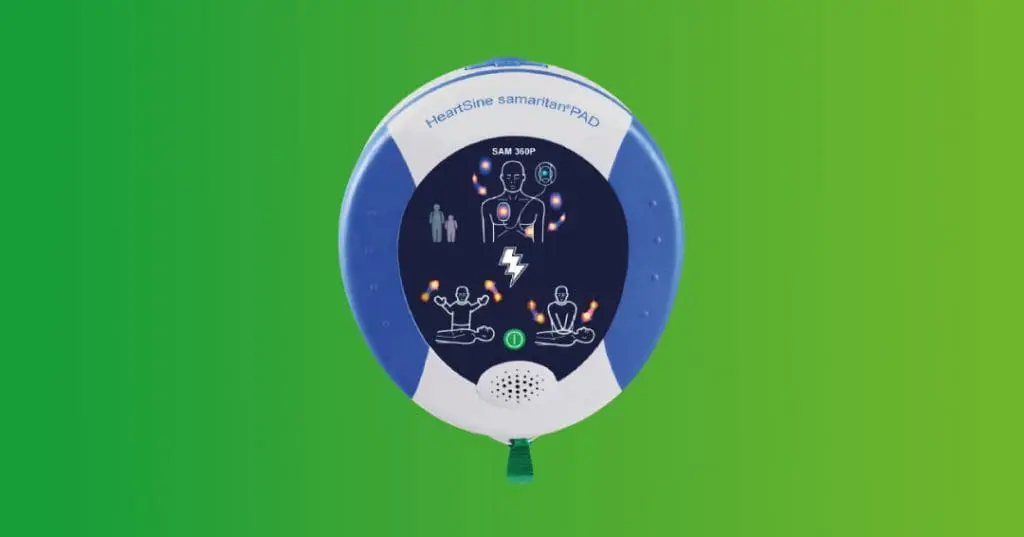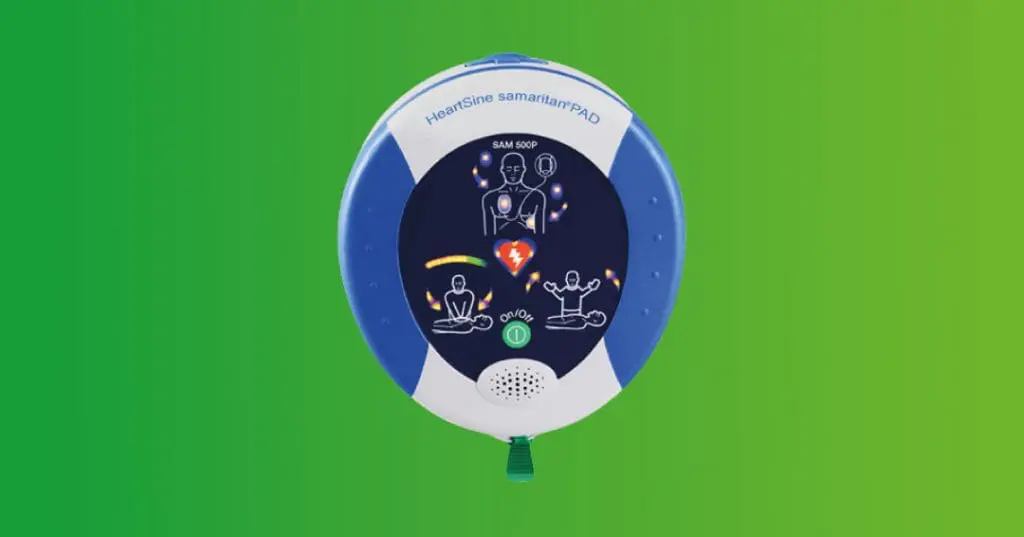About HeartSafe®
Welcome to the UK’s leading Public Access Defibrillator website. Our aims and principles have not changed. Saving lives is our first and foremost objective.
Protect lives & make your community HeartSafe®
Why HeartSafe®
Welcome to the UK’s leading Public Access Defibrillator website. AED Locator is pleased to introduce you to the www.heartsafe.org.uk website.
Our aims and principles have not changed. Saving lives is our first and foremost objective.
Using innovative, advanced technology with HeartSafe® Public Access Cabinets and Defibrillators, we provide communities with proven solutions to obtain AEDs (Automated External Defibrillators) in the quickest time possible should a sudden cardiac arrest occur.
If your community does not have quick and easy access to a defibrillator, a life could be lost unnecessarily. Don’t delay, follow the HeartSafe® initiative and protect your family and friends.
Expertise to Guide You in Choosing the Right AED
- Watch the Heartsine Samaritan® PAD 500P in action... it’s life-saving
- Because every individual Public Access Defibrillator location is different from the next, we recommend you use our experience to advise you. We have already placed thousands of defibrillators in different locations throughout the UK.
- From the top of the mountains of Snowdonia to the rugged coastline of Cornwall, from the fells in Cumbria to the Mendip Hills, from the Highlands and Islands in Scotland to inner-city areas of major cities, along with hundreds of towns, villages and rural communities. Our experience cannot be surpassed.
Easy to Use, British Manufactured, CE rated, Stainless Steel, AED Cabinets
- The HeartSafe® cabinet package is designed to last for a generation and longer. We believe the quality of our hand-crafted and finished stainless steel cabinets is the very best money can buy. The defibrillators we recommend are to suit best your needs and requirements. Futureproof, with lock/, unlock settings. Illuminated lock, a medical green beacon for maximum visibility at night. Tested in extreme conditions down to -40°. Bespoke cabinet wording with location information.
- If laypeople are likely to be the end-users do not make the mistake of purchasing a defibrillator that does not provide the user with CPR feedback. It will not necessarily cost more money, but it will improve the CPR performance of the layperson. Defibrillators do not shock every time when used on a patient, only when a shockable arrhythmia is detected. Approximately 50% of the time when used, it does not shock and the good Samaritan® that is assisting is left to do CPR. Make sure your AED guides you accurately in giving CPR allowing the patient a greater chance of survival.
- You are only likely to purchase such a piece of technical equipment once, so make sure you get it right the first time. We offer 8-year warranties on cabinets and defibrillators. Your investment needs careful research and we are happy to provide you with an individual quotation tailored to your needs. Contact us now
- It is claimed 70% of people giving CPR make no effective difference to the survival of the patient. It is not as simple as watching CPR being performed on the TV series Casualty to know what to do. Being able to provide quality CPR with sufficient blood being circulated allowing oxygen to reach the brain. Sadly too many people having suffered SCA do not survive as the brain is damaged through lack of oxygen. Being able to give quality CPR whilst the Emergency Services are on their way is essential for the patient to survive. Sadly despite the samaritan’s best endeavours the depth and rate of chest compressions are not sufficient. However, the Heartsine 500P with accurate CPR feedback will help to maintain high-quality CPR with a greater chance of survival.
- A quality-controlled method of recognising the standard for your Public Access Defibrillator site monitored and supported by HeartSafe® AED Locator, simple and accurate.
- HeartSafe® AED Locator and the HeartSine Samaritan® PAD 500P defibrillator are British manufactured and assembled. Buy the best.
The Chew Valley Initiative 2007... how it all began
A local GP referred to the Chew Valley area of North Somerset (about 9 miles south of Bristol) as “Death Valley”. This was overheard by Clive Setter who lived and worked in the Valley who subsequently spoke to his sister, Trudie Lobban who is the CEO of the Arrhythmia Alliance Charity. A cunning plan was devised to commence a pilot scheme linked with the Great Western Ambulance Service (now South Western Ambulance Service NHS Trust) to place Public Access Defibrillators in secure weatherproof heated cabinets throughout the Valley. Some 16 Villages were targeted. Local communities were appraised of the initiative and supported it. CPR training sessions commenced.
The “Death Valley” became the “Safe Valley” and HeartSafe® was born with each Village becoming HeartSafe® and having a greater opportunity of using a defibrillator in the following few vital minutes after a cardiac arrest was suspected whilst the Emergency Services made their way to the incident.
2020 - 2021 - Covid-19
Despite this difficult time, communities, businesses and sports clubs have continued to invest in HeartSafe® defibrillator packages. There has never been a more important time to ensure a life saving defibrillator is at the end of your road within the community.
How We Can Help You in your Community...
- Are you looking to provide a Public Access Defibrillator (PAD) in your community, sports club, place of business or school? There is nowhere we cannot help you. Do you wish to purchase a cabinet and defibrillator, seeking advice on awareness/training? If so, contact us here for experienced unbiased advice and guidance on the best approach to make your community HeartSafe®.
- If you already own a defibrillator and you would like to purchase a cabinet and place it on the HeartSafe® AED Locator website for the public to know its position? For more information, click here.
- Do you already own a cabinet and wish to place it on the HeartSafe® AED Locator website? For more information, click here.
- Do you wish to become a guardian in your community and wish to establish a community scheme? For more information, click here.
- Are you a community first responder and would like to know where your nearest defibrillator is in your community? For more information, click here.
- Any other questions however unusual they may be, please send them to post@heartsafe.org.uk for our team of advisers to help and hopefully answer.
Ambulance Services Benevolent Fund
At any time in our lives, it is likely that we will need the help of the Emergency Services. Our health and our well-being is the most important valuable part of our day-to-day life. When things go wrong we call for help and in a matter of minutes, trained paramedics can be on the scene assisting us. As soon as they arrive and attend to our problems and if necessary speed us to hospital, the paramedics are often out of our minds as they move on to the next emergency.
If you ever felt you wish to thank these skilled, trained professionals who are challenged each day, then please consider making a donation directly to their Benevolent Fund to assist their members who may well need support due to accidents and illness encountered in their efforts to help others. Each day thousands of people view this website and if only a few are able to offer donations to the Ambulance Services Benevolent Fund (ASBF) then it will be hugely appreciated.
Please donate to this very worthy cause


